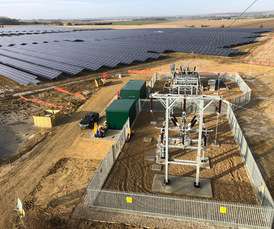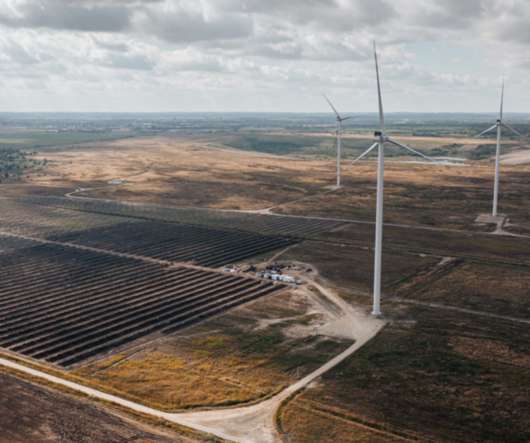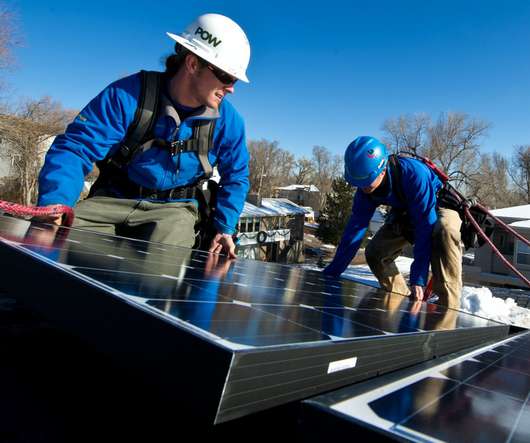Renewables overtake fossil fuels in 2020 as Britain's power grid enjoys 'greenest year' yet
Business Green
FEBRUARY 14, 2021
Another record year for renewables saw clean power sources overtake fossil fuels on Britain's grid for the first time in 2020, but new nuclear and emerging technologies such as hydrogen and bioenergy carbon capture and storage are likely to be required to deliver a fully decarbonised energy system.















Let's personalize your content